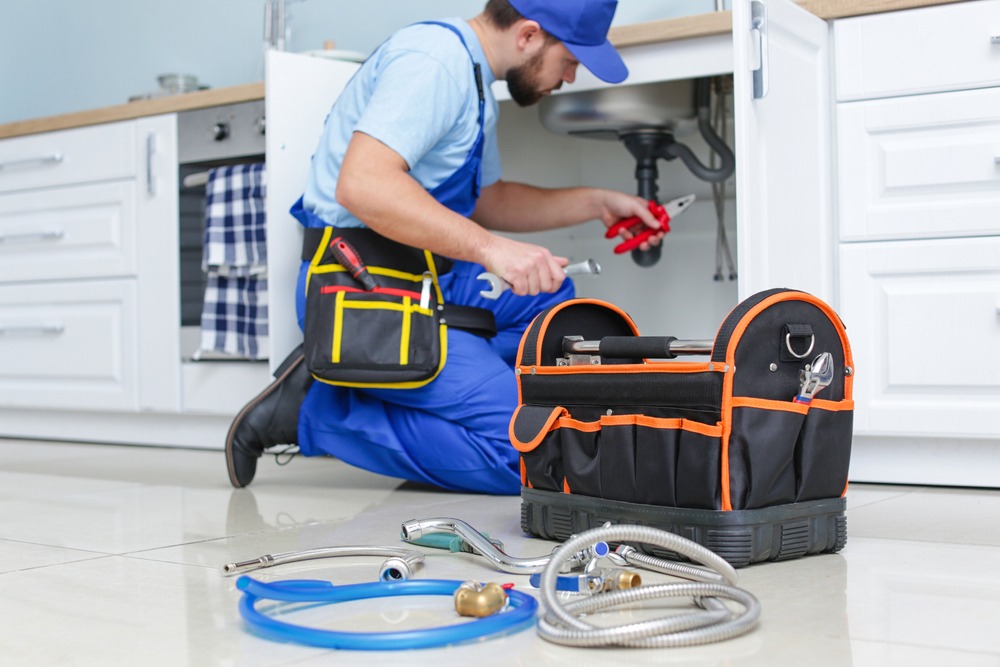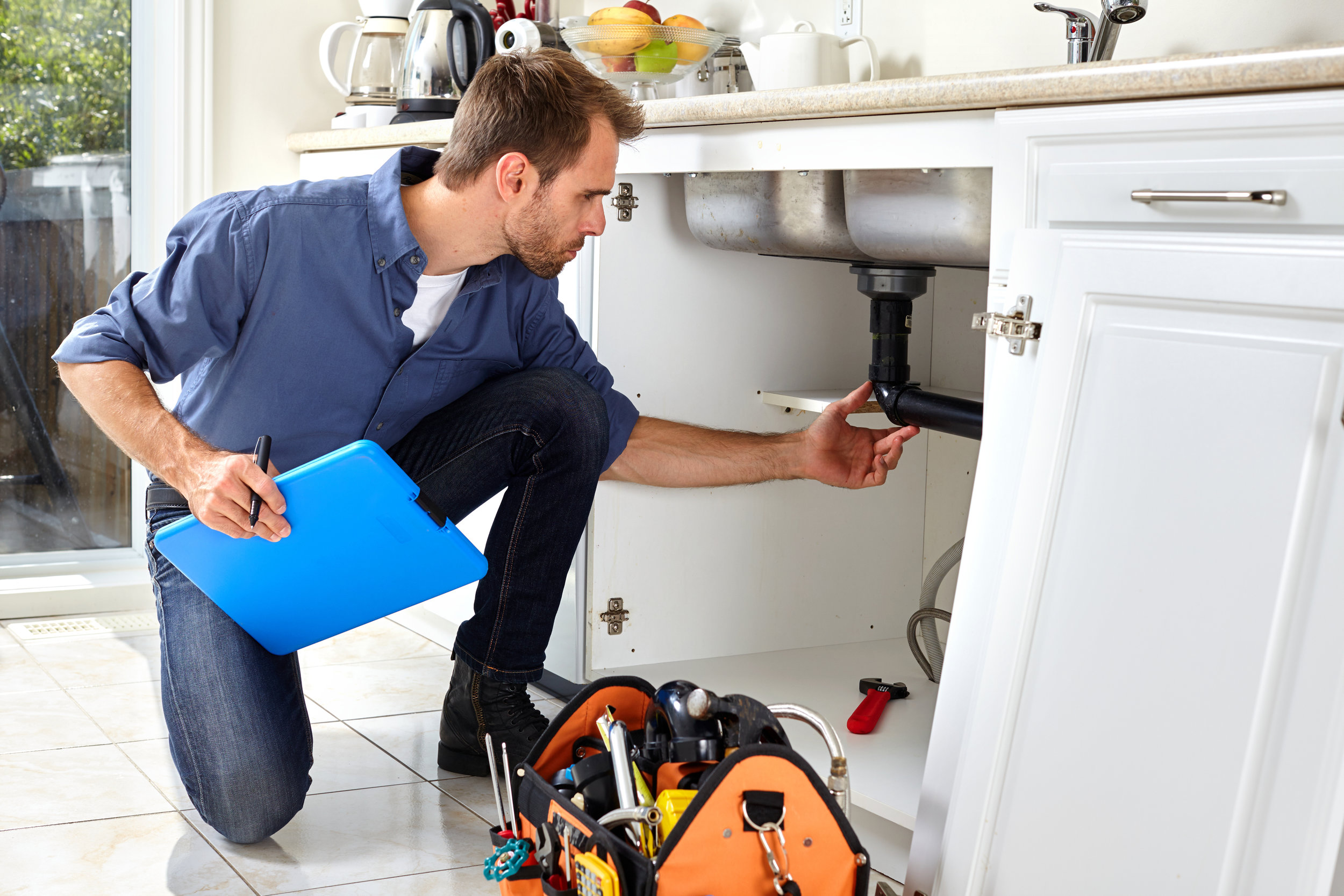How to Keep Your Home’s Water Flowing Smoothly: A Practical Guide from a Plumber Mississauga
How to Keep Your Home’s Water Flowing Smoothly: A Practical Guide from a Plumber Mississauga
Blog Article
Usual Pipes Troubles Every House Owner Need To Recognize
House owners often run into a variety of plumbing issues that can disrupt life. Typical issues include dripping faucets, stopped up drains pipes, and running commodes. These problems generally stem from damaged components or particles build-up. In addition, low tide stress and ruptured pipes can signal deeper issues. Comprehending these difficulties is vital for effective maintenance. There are other less evident worries that can occur, which require closer examination.
Dripping Faucets
Leaking taps can be an irritating annoyance for house owners. These relentless trickles not only create a frustrating noise however also lead to drainage and enhanced energy bills. A dripping faucet usually results from worn-out washing machines, O-rings, or seals, which wear away over time due to regular use and direct exposure to water. Sometimes, the tap's internal elements may be worn away or damaged, necessitating a more considerable fixing or replacement. Determining the source of the leakage is crucial; property owners may require to disassemble the tap to examine its components closely. Normal maintenance can aid prevent leakages, consisting of cleaning aerators and looking for indicators of wear. Addressing a leaky tap immediately can conserve water and lower prices, making it a workable yet vital task for property owners to deal with in preserving their pipes systems efficiently. Appropriate attention to this usual problem can cause a much more comfy living atmosphere.
Obstructed Drains
Numerous home owners experience the frustration of stopped up drains pipes eventually. This common plumbing problem can arise from numerous causes, including the buildup of hair, soap deposit, food fragments, and oil. These materials can create blockages that hinder the circulation of water, resulting in slow down water drainage or complete stoppage.In kitchens, grease and food scraps are usually the perpetrators, while washrooms regularly deal with hair and soap build-up. Normal maintenance, such as using drainpipe strainers and avoiding pouring fats down the sink, can help avoid clogs.When an obstruction does happen, property owners might attempt to utilize a plunger or a business drain cleaner as preliminary treatments. Persistent problems may require specialist assistance to stay clear of damages to pipes. Understanding the causes and prevention approaches for blocked drains pipes can conserve home owners time and cash, making certain a smoother pipes experience

Running Bathrooms
Running bathrooms are a typical problem that can stem from various causes, consisting of damaged flappers and chain troubles. The constant running not only drainages yet likewise results in boosted energy expenses. Addressing these problems immediately can stop further issues and recover performance to the pipes system.
Sources Of Running Commodes
A persistent circulation of water from a toilet can be both frustrating and inefficient, commonly signaling underlying concerns within the pipes system. One usual reason is a worn flapper shutoff, which may not create an appropriate seal, allowing water to constantly leak into the bowl. In addition, a malfunctioning fill shutoff can result in too much water flow, contributing to the issue. Misaligned float systems may additionally create the toilet to run as they stop working to regulate the water degree suitably. Another possible problem is mineral accumulation, which can obstruct elements and prevent their performance. Determining these causes promptly can help home owners address the problem before it escalates, guaranteeing efficient operation of their plumbing system.
Consequences of Constant Operating
Although usually ignored, the repercussions of a constantly running bathroom can greatly impact both water use and family expenditures. A running toilet can squander approximately 200 gallons of water daily, bring about increased water costs and unnecessary source intake. This extreme water use not only strains the home budget yet likewise adds to environmental issues, especially in areas facing water scarcities. In addition, the consistent sound of running water can be a resource of nuisance, disrupting the serenity of the home - Plumbing. Prolonged problems might lead to more considerable plumbing problems if left unaddressed, resulting in additional economic problems. Property owners need to acknowledge the value of prompt repair services to minimize these negative impacts and maintain an effective plumbing system
Fixing Running Toilet Issues
Commodes that continuously run can be an irritating concern for house owners, but determining the reason is the primary step toward a reliable fix. Usual causes consist of a faulty flapper, which might not produce an appropriate seal, permitting water to escape into the bowl. If required, house owners ought to inspect the flapper for wear and change it. Additionally, the fill shutoff might be malfunctioning, triggering excess water to flow constantly. Changing see this or changing this component might solve the problem. An additional possible offender is a misaligned float, which can be gotten recommended you read used to the appropriate elevation. Normal upkeep and timely fixings can avoid running toilets, making sure both water preservation and price financial savings on utility costs.
Low Water Stress
Low tide stress can be an irritating experience for home owners, usually manifesting as a weak stream from taps and showerheads. This problem can come from different reasons, including debris build-up in pipelines, rusty plumbing, or concerns with the local water. Property owners may at first discover low tide stress in certain areas of the home, yet it can intensify to a much more widespread issue otherwise attended to promptly.In some cases, malfunctioning pressure regulators can additionally be accountable for inadequate water circulation. Normal maintenance, such as flushing the water heating system and looking for obstructions, can assist alleviate these concerns. If low tide stress lingers, it may be necessary to speak with an expert plumbing technician to detect and deal with the underlying reason. Identifying the source of reduced water stress is essential for bring back proper water flow and making certain a practical pipes system.
Ruptured Water lines
Ruptured pipelines can be a major pipes problem, typically arising from the same factors that contribute to reduced water pressure, such as temperature variations and aging framework. When water ices up within pipes, it broadens, raising pressure up until the pipeline can no much longer contain it, resulting in a rupture. In addition, deterioration from prolonged exposure to water can damage pipes, making them susceptible to bursting under regular pressure.Homeowners may notice signs of a burst pipeline with abrupt water leakages, wet areas on ceilings or walls, and an unexpected increase in their water bill. Immediate action is necessary; falling short to address a ruptured pipe can cause comprehensive water damage, mold and mildew growth, and expensive repair services. Normal inspections and upkeep of plumbing systems can assist prevent this problem. Protecting pipes in cooler areas and changing old piping can considerably decrease the risk of ruptured pipes, securing the home's pipes stability.
Hot Water Heater Issues
Exactly how can house owners determine water heating system concerns prior to they escalate? Routine evaluation and maintenance can help identify prospective issues early. House owners must seek indications such as inconsistent water temperature, unusual sounds, or a decline in warm water supply. Leaks or pools around the system might suggest a breakdown that needs instant attention. The appearance of corrosion or debris buildup can also signal the demand for maintenance.Additionally, property owners ought to check the age of their water heater; most systems have a life expectancy of 8 to 12 years. If the heating system is approaching this age and showing signs of wear, it may be time to mirror on replacement. Normal flushing of the tank can protect against sediment build-up, extending the system's life. By staying attentive and resolving issues quickly, homeowners can avoid pricey repair work and guarantee their water heating system runs successfully for several years to come.
Drain Line Issues
Several home owners might encounter sewage system line issues at some factor, influencing their pipes system's overall functionality. Common concerns include clogs, tree root invasions, and pipe damages. Obstructions commonly result from the accumulation of grease, hair, and international items that block the circulation of wastewater. Tree origins can infiltrate sewer lines, causing cracks and leakages. Additionally, aging pipelines may wear away or damage, resulting in additional complications (Plumber). Indications of sewage system line difficulty consist of slow-moving drains pipes, undesirable smells, and sewer backups, which can present wellness risks. Home owners ought to deal with these problems immediately to stay clear of considerable damages and expensive repair services. Normal upkeep, such as scheduled examinations and cleaning, can aid protect against considerable concerns. In severe instances, specialist treatment may be necessary to fix or replace damaged areas of the sewer line. Recognizing these possible issues can assist property owners take positive measures to preserve their plumbing systems properly
Regularly Asked Inquiries
Exactly How Can I Avoid Plumbing Problems in My Home?
To stop you can try these out pipes problems, routine upkeep is essential. Home owners should evaluate pipes for leaks, clean drains pipes, and display water pressure. In addition, educating themselves concerning appropriate use can substantially minimize the risk of future pipes concerns.
When Should I Call a Plumbing As Opposed To Repairing It Myself?
When to call a plumbing technician usually depends on the intensity of the problem, determining. Substantial leakages, consistent clogs, or unknown issues require professional support, guaranteeing safety and protecting against more damage rather than risking individual efforts at repair service.
What Are the Indicators of Hidden Plumbing Leaks?
Signs of concealed pipes leakages consist of unexplained water expenses, damp areas on wall surfaces or ceilings, mold and mildew growth, and a musty odor. These indicators usually suggest underlying problems that require professional evaluation and repair service for resolution.
Just how Commonly Should I Have My Plumbing Examined?
Normal plumbing inspections are advised each to two years. This frequency assists determine prospective issues early, making sure the system remains effective and minimizing the risk of expensive repair work or unexpected emergencies in the future.
Are There DIY Solutions for Minor Pipes Issues?

Report this page